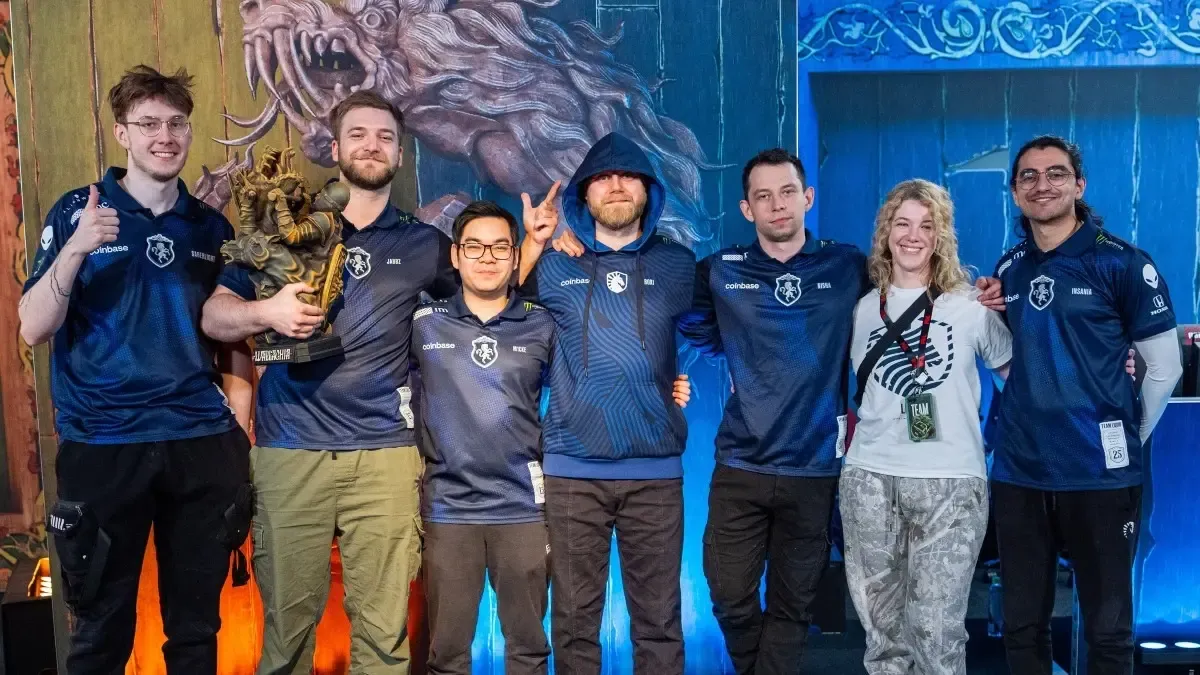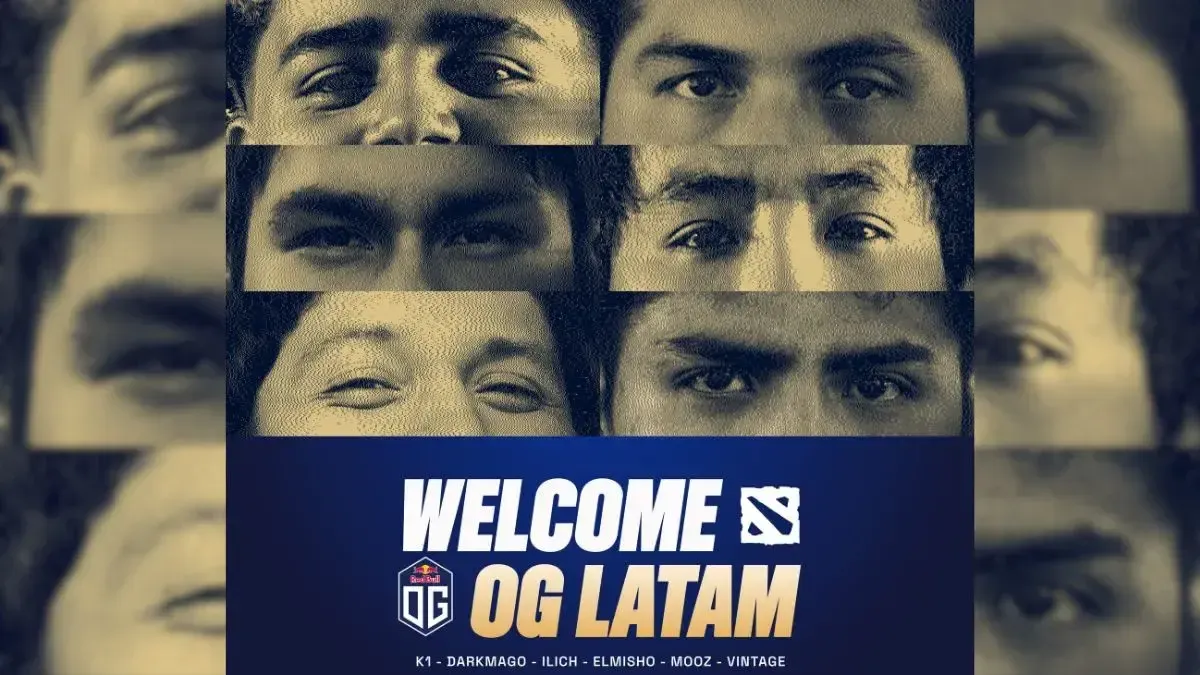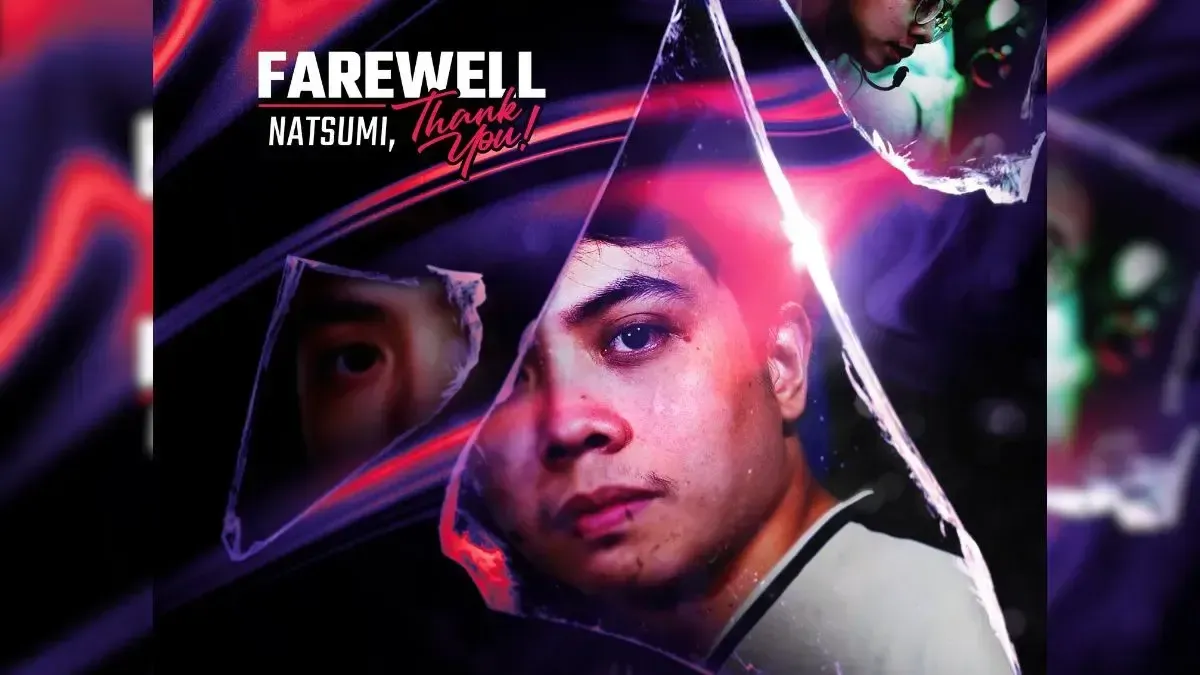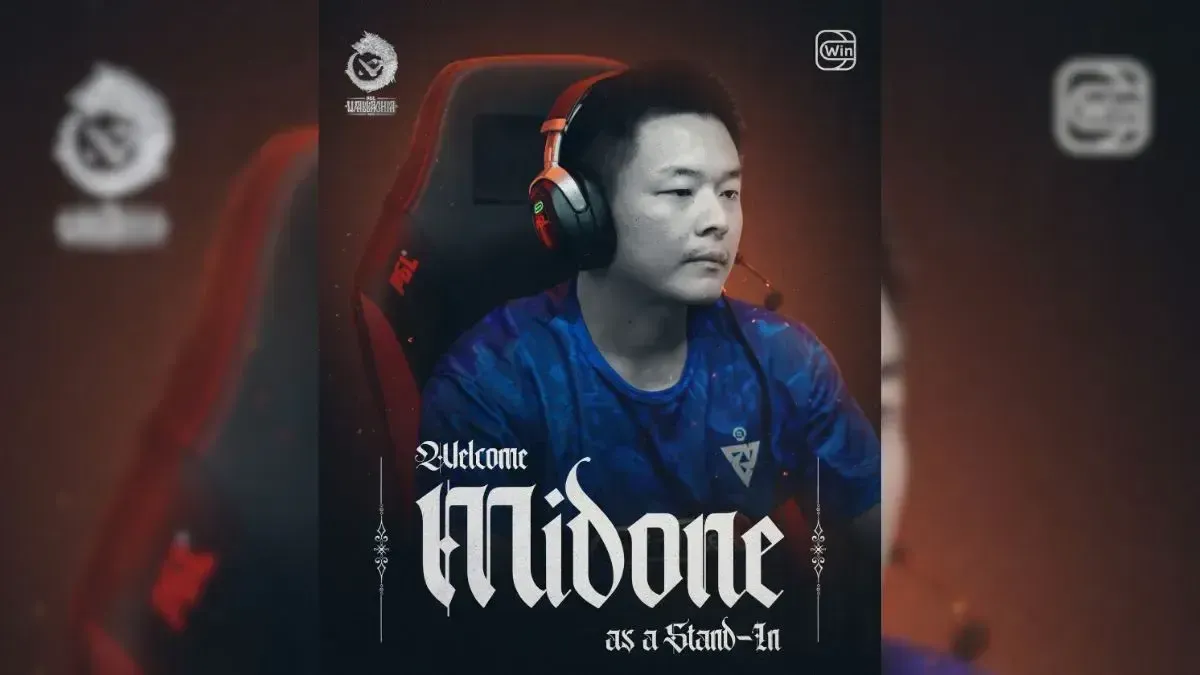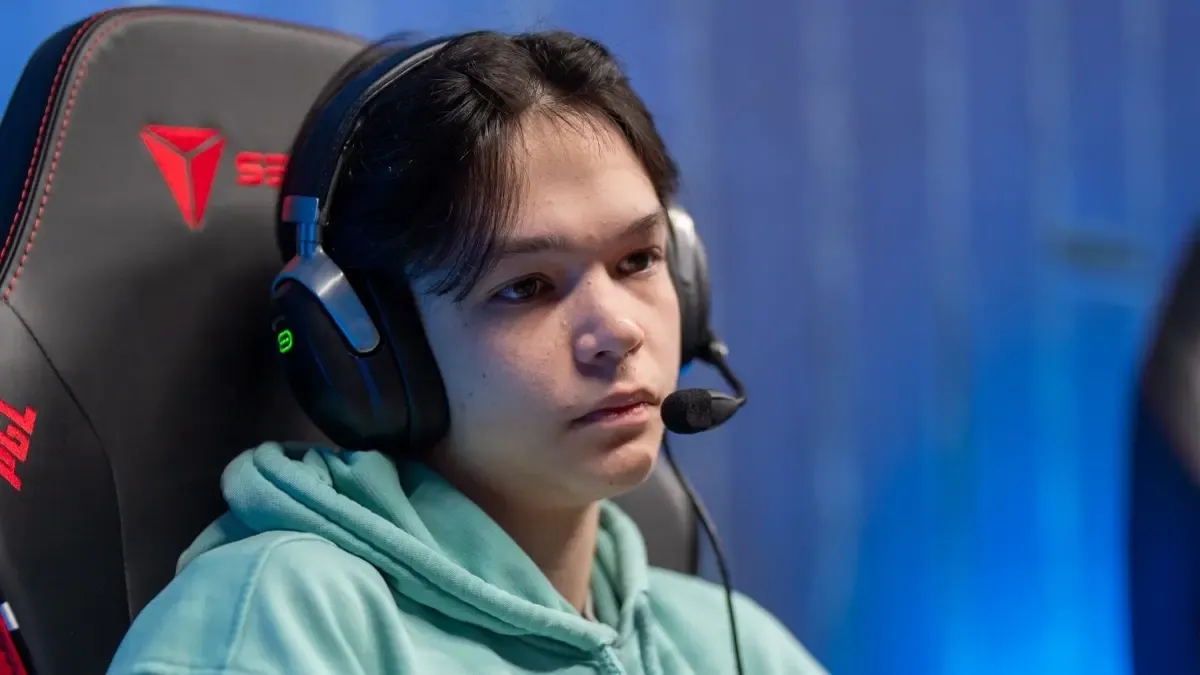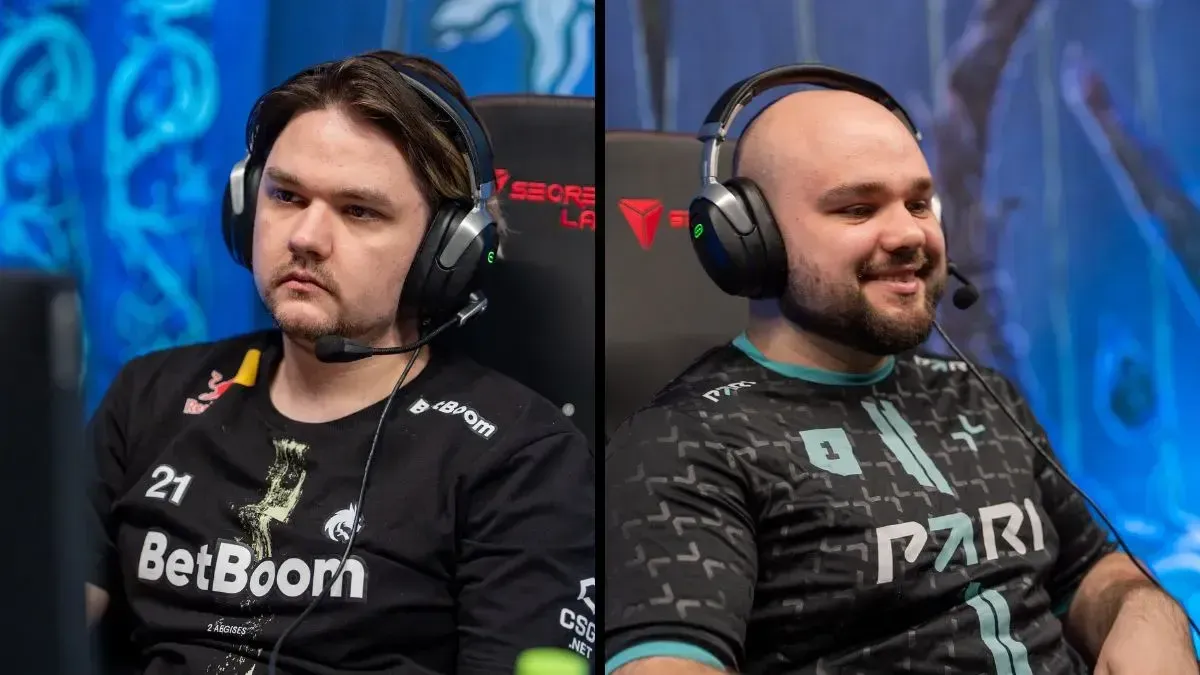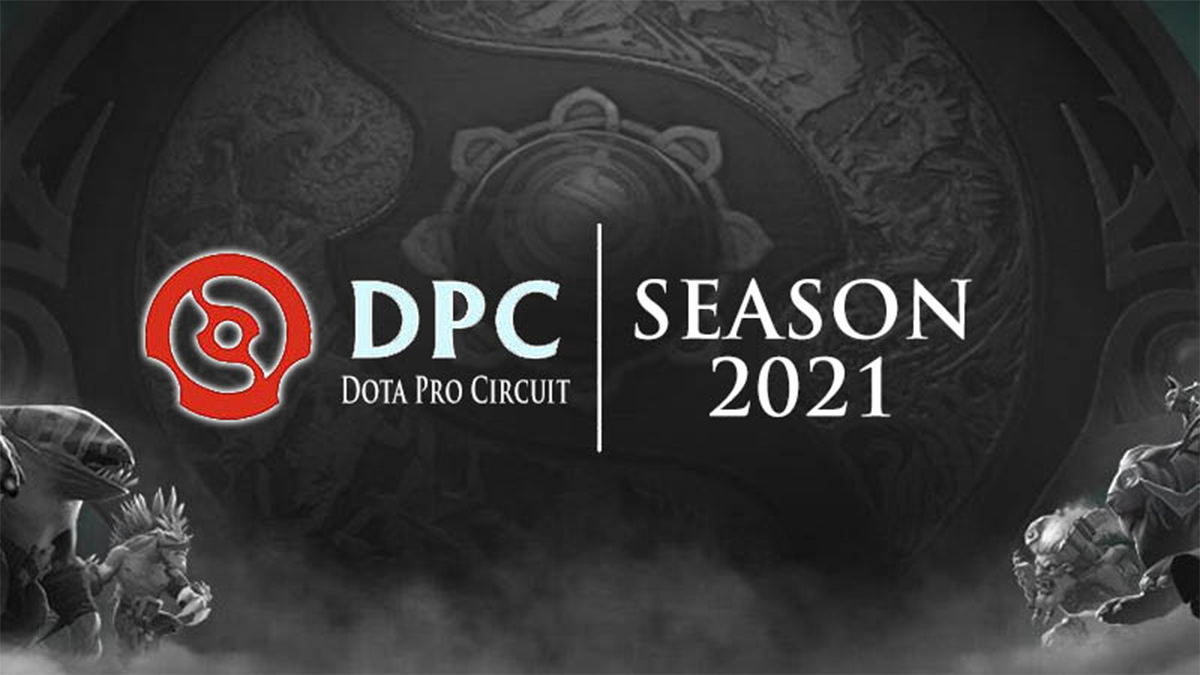A detailed look at the general changes from patch 7.29 that are bound to have massive effects on the game of Dota 2.
Whenever a new Dota 2 patch is released, the spotlight always falls on the new hero and the item and hero changes. But general gameplay changes play a significant role in shaping how the meta develops, because of the fact that they have an effect on each and every game played, irrespective of the draft and item choices. Let’s take a deep dive into some of the general changes brought about by patch 7.29, and take a shot at how they will be factors in shaping the new meta. A few of the changes will only have an impact on pubs, while a few others will impact professional games. Majority of the changes through, will affect both.
1) Water Rune
Added Water Rune. Spawns at both Power Rune locations only at minute 2 and 4. Instantly restores 100 health and 80 mana when used. Can be used to fill bottles. Starting at 6 minutes, Power Runes spawn as usual on one side.
Introduction of the Water Rune will add a lot of parity to the mid lane, which could tilt completely in one direction based on what rune a player got at the 4 minute. This was an issue for a long time and quite a few players voiced it, so IceFrog got rid of the 2-minute power rune. But even with that change, the 4-minute rune could have game-altering consequences, especially if it were a rune-like Double Damage or Arcane, which can give a hero the ability to force his/her counterpart out of the lane and snowball out of control.
With the Water Rune spawning at both locations at minutes 2 and 4, it gives heroes the ability to play with lane with more of a risk factor, but the outcome will depend on skill, not luck. There is now also a lot of incentive to start the game with a bottle, even though Bottle has been nerfed, because there is an extremely high chance of getting at least one of the Water Runes at minutes 2 and 4, ensuring a full bottle every two minutes.
2) Talents after level 25
Level 30 no longer grants all remaining talents. Instead level 27/28/29/30 will grant you the remaining level 10/15/20/25 talents.
This gives a gradual increase in power to heroes from level 25 to level 30, instead of one massive power spike at level 30. The XP required to gain every level after level 25 is significantly higher than that required for the previous levels, and with a talent available at each level, there is a small improvement in a hero’s abilities for the massive amount of XP acquired. It also gives players the ability to forgo a talent in the small set of scenarios where a talent might be detrimental to the strategy being executed by the team.
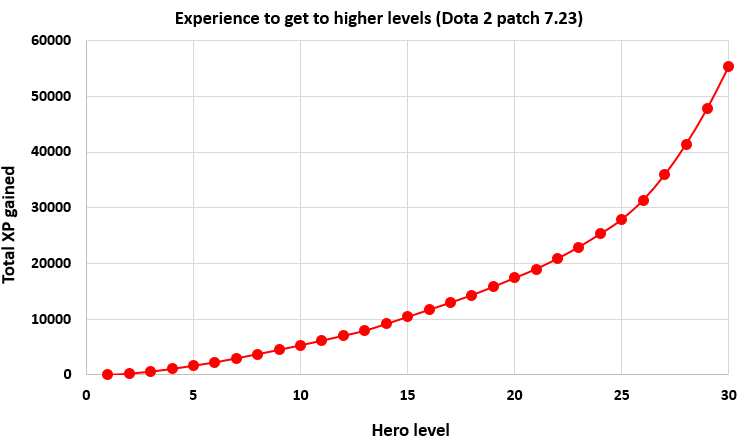
3) Outposts
Outposts no longer give XP at the 10/20/30/etc minute mark.
Outposts now provide XPM while controlled (XP = 2*Minute). No extra XP granted when controlling two outposts, similar to the existing rules.
The Outpost experience curve will now be smoother with the change in patch 7.29, rather than sudden chunks of XP every 10 minutes. The previous model was beneficial for teams on the front foot, where they could get the tier 2 tower and capture the Outpost for 10 seconds when it mattered. With the new model, teams losing their Outpost don’t need to be too concerned and the team capturing the Outpost will have to make continued efforts to keep it in their control to deny the opposition experience every minute. The decision between fighting for Outposts and taking other objectives elsewhere on the map is bound to introduce some interesting dynamics to the game.
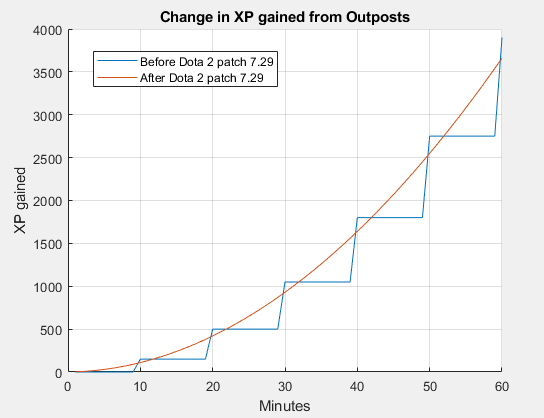
4) Bounty Runes
Bounty Runes after the initial set are reduced by 10%.
Bounty Runes no longer spawn in the river. The amount these runes gave is now provided automatically over time through GPM.
Bounty Runes now spawn every 3 minutes in the respective jungle area (total rune count reduced from 4 to 2).
Bounty Runes no longer disappear when new ones spawn, they now spawn alongside the previous one if it isn't picked up.
At minute 0, Bounty Runes spawn in the jungle and at the power rune locations (4 total at the start of the game).
The changes to Bounty Runes will impact quite a few things in the game. The first change will bring a bit of equilibrium – with the two bounties removed from the game and the gold added as GPM, both teams will benefit equally from it and not just the team with map control and the ability to secure all the Bounty Runes.
With more frequent rune spawns and that too at minutes which are multiples of 3, teams will have to alter their playstyles slightly and check where they are positioned on the map every three minutes to ensure they make the most out of Bounty Runes.
With the additional Bounty Runes at the start of the game spawning in the river in the place of power runes, we are bound to see early game skirmishes before the 0-minute mark.
5) Roshan drops
Aghanim's Scepter: Roshan drop now requires you to activate it to consume it (has no effect until consumed).
Aghanim's Shard: Now drops on the second Roshan kill, and only that one (has same activation mechanics as the Scepter drop.
Before patch 7.29, the Aghanim’s Blessing dropped by Roshan would get consumed by the hero picking it up (unless it went into the bag pack). This would be bad especially in chaotic fights in the Rosh pit, as all heroes would pick up whatever they could get their hands on and the team would not be able to make a choice about which hero they would prefer the Aghanim’s Blessing to be on. With this change, all those problems have been put to bed.
The second Roshan dropping an Aghanim’s Blessing will make it more important and highly contested. It is a 1400 gold invent you would get for free; who wouldn’t want it? There is bound to be at least one hero on every team who would benefit a lot from an Aghanim’s Shard; especially supports, for whom farming it isn’t the easiest thing.
6) Teleportation Scrolls
Heroes now start the game with 1 TP scroll rather than 3.
Heroes now gain 1 TP scroll on death.
TP Scroll cost increased from 90 to 100.
Supports will be celebrating this change. It is the support heroes who tend to die more often as compared to cores, and dishing out 90 gold every time (100 now) is not the most comfortable thing to do for position 5 heroes. This change, in a way, tries to make things easier for teams on the backfoot. A team which is dominating will have fewer deaths as compared to a team getting destroyed, and will have to spend more gold to buy TP scrolls.
7) Hoodwink enabled in Captain’s Mode
Hoodwink added to Captains Mode.
Season 2 of the DPC Leagues is just around the corner (begins 13th April) and Hoodwink introduced to Captain’s Mode, along with her new Aghanim’s Scepter and Aghanim’s Shard upgrades, will add a bit more spice to the league games.
8) Courier vision inside Roshan Pit
Couriers no longer have vision when inside Roshan's pit.
Not something that used to happen a lot in pub games (maybe high level pubs), but couriers were used extensively for scouting Roshan respawns in professional games. With every player having their own courier, couriers are much more expendable now and vision inside Roshan’s pit can be the difference between winning and losing a game. Well, it seems teams are going to have to come up with other ways to scout out if Rosh has respawned and if the enemy team is lurking in there. Suddenly with this one small change, Beastmaster’s Hawk has gained a lot of importance.
9) Teleportation to buildings
Increase building teleportation range from 575 to 800 (affects TP scrolls and Boots of Travel).
Outpost teleport base channel time reduced from 6 to 5 seconds.
The additional 225 range will be a big help for heroes teleporting in to defend towers, giving them more of a buffer between their teleport location and the enemy heroes attacking the tower. In the mid lane, for heroes teleporting to the tier 2 tower to defend the tier 1 tower, the teleport will be closer to the tier 1 tower by a distance of 225, which is 0.5 seconds walking time for a hero with 450 movement speed and 0.66 seconds for a hero with 340 movement speed. It might seem like a very short amount of time, but that might just be the difference between getting the perfect Ravage or Blackhole and totally whiffing your big team fight ultimate.
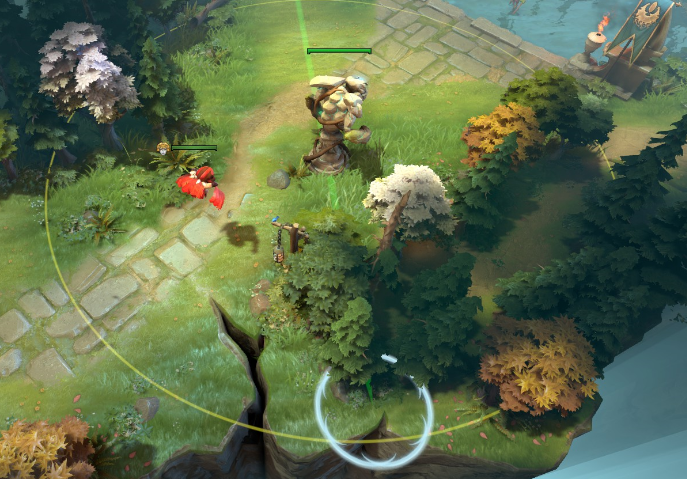
10) Ability to deny allied wards
Wards can now be denied from full health by any allied player if the ward is placed in a spawn camp box.
Griefers blocking your own jungle camps with sentries? Fear no more! The change also gives players the ability to rectify their mistakes in case they plant a ward and block a camp by mistake, which is something that can happen in team fights when you are frantically dropping sentries everywhere to make sure that Riki doesn’t get you.
11) Buyback
Buyback cost reduced from (200 + (Net Worth/12)) to (200 + Net Worth/13)).
The buyback formula has been changed to make it slightly lower for a particular net worth. The change isn’t too significant, with a hero at 30,000 net worth now requiring 192 gold lower than before (2508 instead of 2700). However, Dota 2 is a game of such small margins that every small thing makes a difference. There will be games where heroes will be marginally over the buyback requirement when necessary, which would mean they wouldn’t have enough gold with the old formula.
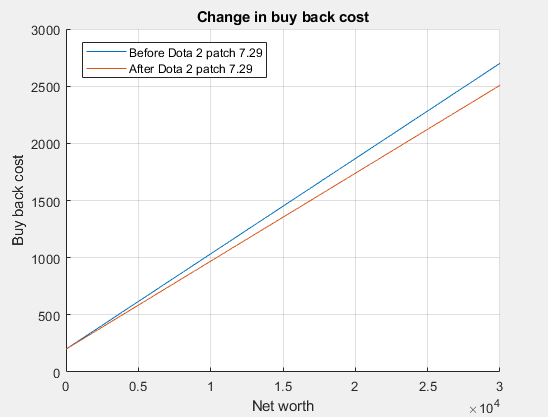
Dota 2 patch 7.29 is a patch with a multitude of changes, whose effects we can hypothesize, but they will probably become clearer as the players experiment with the game. With the DPC Leagues Season 2 about to start next week, we will be able to witness the experimentations at the top rungs of Dota 2.


